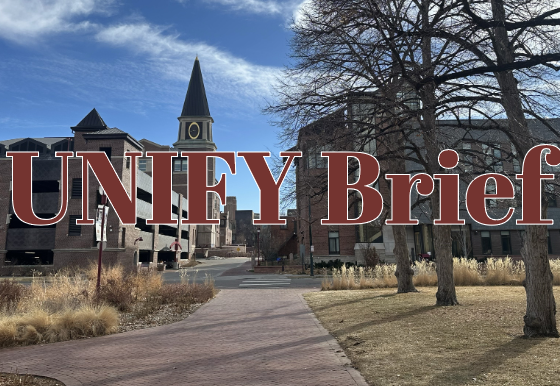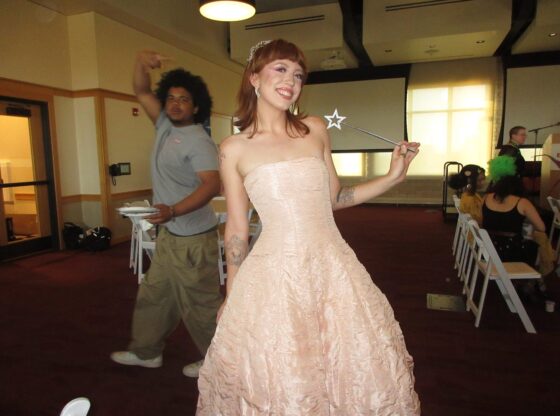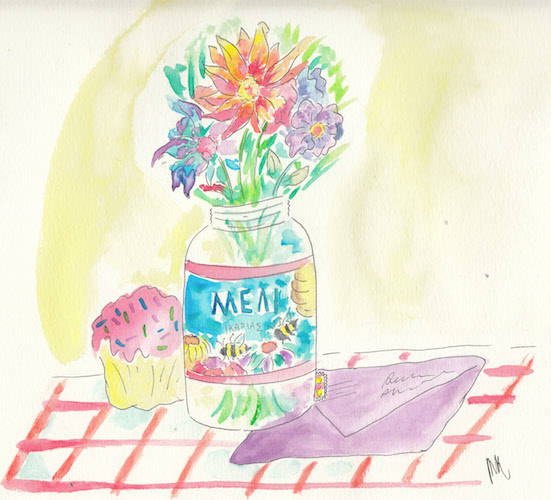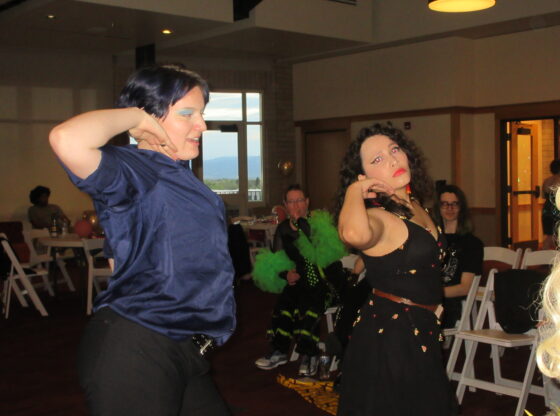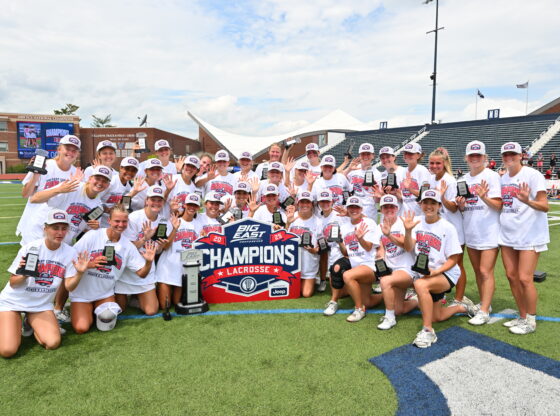Racism and the way rhetoric feeds it was addressed last week at a lecture in Mary Reed Building by Victor Villanueva, an English professor at Washington State University, who said Americans tend to ignore or sidestep the existence of racism in our language.
Racism still exists, and “we have to look at [it] as a large systematic force” that is still at work, said Villanueva. “It does us no good to deny its existence.”
“We don’t address it [racism] directly,” said Villanueva. “There is a kind of acceptance, and the acceptance is allowed to take place because each individual can claim that he or she isn’t racist and so it isn’t their problem. But it is our problem.”
“The new racism embeds racism within a set of other categories – language, religion, culture, said Villanueva, and people have seen this new racism with Hurricane Katrina, yet they dismiss it and quickly forget about it. “America resides in short-term memory,” said Villanueva.
When he asks his students how they see racism, they reply that they know racism exists, but that it doesn’t affect them. “When we [teachers, older people] say “racism,”… we are thinking of something now, and you, our students, are thinking of something past: slavery and lynching and genocide, said Villanueva. “Are we speaking different rhetorics?”
Villanueva explained that language can affect how we perceive issues such as racism. “We are affected, often not consciously, by the language we use and receive,” he said. Instead, the language that we do not use also affects us: “If we no longer speak of racism, racism gets ignored.”
In today’s society, it has become increasingly hard to speak about racism, and Villanueva fears that Americans have lost the ability to truly speak about racism. “Figures of speech are also figures of ideology…and are often figures of unintentional censorship,” said Villanueva.
He cited Kenneth Burke, the American literary theorist and philosopher, who postulated, “We process knowledge by way of tropes [figures of speech].” These tropes include metaphor, metonymy, irony and synecdoche, all of which are interconnected.
With metaphors, the idea of race is replaced by ethnicity, culture or another word. Villanueva calls this new rhetoric of racism a “cultural ideology.”
Metonymy, the second trope, is a way of processing race because every person has numerous identities, some of which are asserted more than others, depending on the context. There are limits to what identities we choose, however: “We have limits to our choices, limits that are on the one hand linguistic,” said Villanueva.
The third trope, irony, is connected to the idea of color-blindness, which Villanueva calls a “disability.”
“Why take pride in denying what is obvious to everyone?” asked Villanueva, adding, “Isn’t it ironic that people who have eyes to see can be proud to choose not to?”
He said color-blindness is a “lie, at best, a wish,” because the second thing one notices when he or she meets another person is their race (the first appraisal being gender).
Being color-blind can also cause serious consequences, said Villanueva, including the denial of racial profiling in the judicial system and schools and other environments. He quoted Clare Xanthos, a British scholar, who wrote that “making racial bias unmentionable is its own oppression.”
While being color-blind “would be the right thing” if it were actually possible, is not realistic.
“No one wants to be rendered invisible, have a blind eye turned on her or him,” said Villanueva, so to be color-blind is to be “color-dumb, in all the senses of the word ‘dumb’.”
The final trope is synecdoche, a representation where there is, “No more talk of races; no more talk of religions, or nationalities, or languages, while talking about all of them, mixing them up in the most unseemly ways,” said Villanueva.
The significance of these tropes is that they are “the words we use to create or deny the reality we’re in.”
“Racism has always been tied to language, has always had to be sold rhetorically,” said Villanueva, but the rhetoric has changed, and people are not keeping up with the shift.
Yet, Villanueva argues that racism is something that can be eradicated. “Racism is a construct, and it is only a few hundred years old,” said Villanueva. “It’s a new idea. We don’t have to live with it…It can be deconstructed…It no longer serves our purposes.”
People must speak out and address the issue of racism, not ignore it. “We have to call it when we see it,” said Villanueva, not view the topic as taboo.
“Equity is impossible,” he said because capitalism works through exploitation. People must stop using words such as diversity and multiculturalism because they are “lies.” Instead, people should say anti-racism, but, according to Villanueva, no one will do so because most people will not admit that they have individual prejudices. The word racism “is becoming more taboo than politics” in casual conversation, said Villanueva.
Racism must be acknowledged, even if it means facing bigotry, he said. “We can’t buy into the silencing of what we know is still racism, even if the lynchings are now few…We must rail against censorship.”
Rhetoric is a key factor that must be addressed. “Let’s look to the language,” said Villanueva, “Behind it there is a material reality – the reality of racism, still present, and not all that new after all.”
More than 35 people attended Villanueva’s lecture, which was hosted by the University Writing Program.




